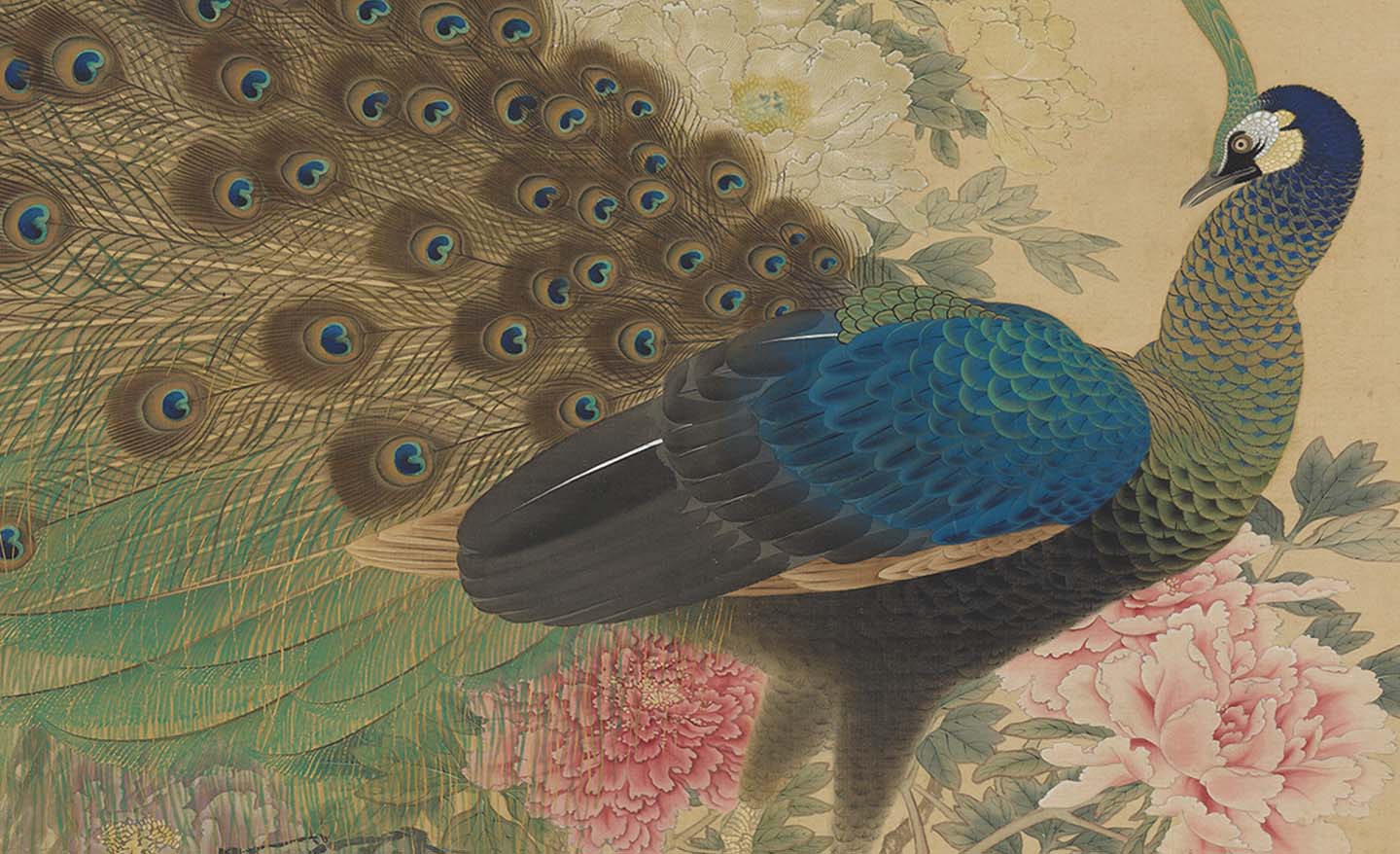Painting Edo
The Feinberg Collection of Japanese Art lands at Harvard for special exhibition.
When Betsy Feinberg ’66 and her husband, Robert, bought a $2 poster of 16th-century Japanese art in the early 1970s, they had no idea it would spark a lifelong passion.
But over the following four decades, the Feinbergs meticulously built the finest and most comprehensive collection of early modern Japanese art from the Edo period (1615-1868) to be found anywhere in the United States.
Now, more than 120 carefully selected pieces from their collection of over 300 works will be exhibited at the Harvard Art Museums from Feb. 14 to July 26, marking Harvard University’s largest exhibition ever.
The Edo period ushered in the birth of modern Japanese art and also represented a transformational era in the country’s history. Japan had endured centuries of conflict and warfare before transitioning into a time of peace, which provided space for the dramatic expansion of artistic expression as well as cultural and economic progress.
When the Feinbergs first began collecting Edo period art, it was wildly undervalued and underappreciated throughout the West and within Japan. This provided opportunities for the Feinbergs to procure extremely high-quality works that otherwise would have been snapped up by larger institutions or collectors. Eventually, the Feinbergs had built a collection both personally intimate yet composed of a broad selection of works that illustrated the diverse nature of Edo art.
The Feinberg Collection is comprised of works in a variety of mediums, including hanging scroll paintings, folding screens, woodblock-printed books and fan paintings. Many of the pieces have been exhibited throughout Japan and in New York’s Metropolitan Museum of Art—the same museum in which the Feinbergs fatefully purchased that first $2 print so many years ago.
The exhibition, titled Painting Edo: Japanese Art from the Feinberg Collection, will be on display for students, scholars and the public to enjoy and study. Two illustrated books will serve as companions to the exhibition. The first, which shares the name of the exhibition and will include illustrations of the selections in Painting Edo, will be available in March, and the second, The Catalogue of the Feinberg Collection of Japanese Art, will showcase the Feinberg Collection in its entirety, and will be released this summer.
The collection was announced as a promised gift to the Harvard Art Museums in 2013, and Painting Edo serves as the first major exhibition of the works.
In celebration of the opening, a free, public event was held by the Harvard Art Museums on Feb. 13, which included a lecture presented by Timon Screech, professor of the history of art at SOAS University of London, titled Into the Kaleidoscope: Painting in Edo Japan. Introductions to the show and the collection were made by Associate Curator of Asian Art Rachel Saunders, and Harvard professor Yukio Lippit, who specializes in Japanese art.
“The Feinberg Collection consists of many remarkable paintings that embody surprising and unusual perspectives on the cultural history of Japan’s early modern era,” Lippit said. “The collection will enable new course o?erings at every level of the curriculum and help train future scholars and curators in the ?eld of Japanese art. We feel incredibly fortunate.”
To learn more about the collection and this exhibition, visit: harvardartmuseums.org/paintingedo.
Above: Detail of Maruyama ?kyo, Peacock and Peonies, Japanese, Edo period, 1768. Hanging scroll; ink, color, and gold on silk.
